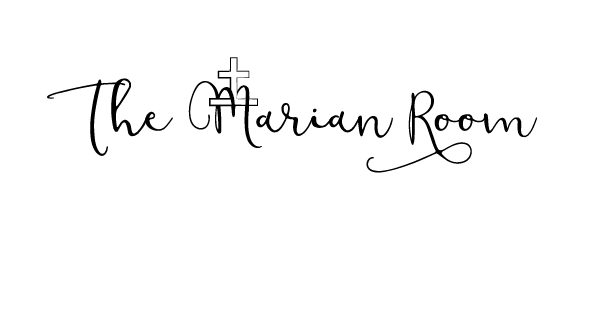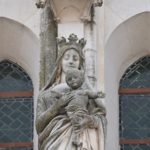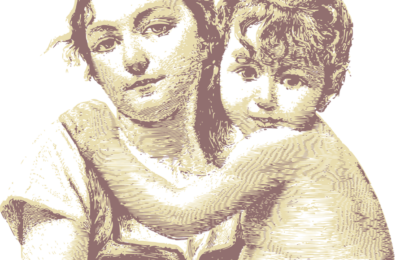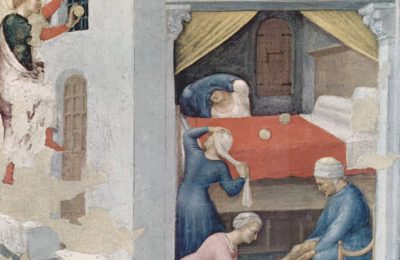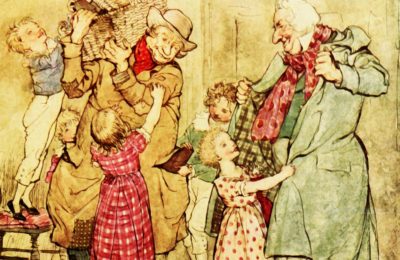Dr. Peter Kwasniewski (b. 1971-) is an American Catholic writer and musician with a specialty in sacred music. I came across three (two minute) short videos wherein he describes how he first became interested in Gregorian chant, the importance of sacred music; and his first experience at a Solemn High Mass. The videos are interesting and informative. I have read his book, Resurgent in the Midst of Crisis: Sacred Liturgy, the Traditional Latin Mass, and Renewal in the Church, which was a very worthy read.
But, to the topic of this post: what is Gregorian chant? Ben P. at Unam Sanctam Catholicam notes the following about Gregorian chant:
There are several characteristic traits which distinguish chant and draw a contrast between the chant and other types of music. It is monophonic, has free rhythm, is sung a capella and is prayer.
It is monophonic. This means there is only one voice. There is no harmony. The voices of the singers sing the same words at the same time with the same melody. The many voices are united into one.
It has free rhythm. Nearly all other forms of music have a metrical rhythm. This means that there is a regular repeating rhythm. Think of dance music; it has to have a repeating, predictable beat. This is not the case with the vast bulk of the Gregorian repertory (the exceptions being office hymns and sequences). Rather, Gregorian chant has what is called free rhythm. The reason for this is that the music is wedded to the liturgical text, which is usually prose speech. Think of speech. Does it have a rhythm? Of course, but it is different from the regular reoccurring rhythm of, say, a clock ticking.
Chant has rhythm, but it is that of the natural rhythm of prose speech that is different from what we are used to hearing in most other forms of music. This has an importance for spirituality. Music with a strong beat appeals more to the carnal part of man, it affects the passions. This can easily be demonstrated by playing music with a strong beat in any room full of preschoolers, they will move with the music. Gregorian chant on the other hand appeals more to the intellect and spiritual faculties.
It is a cappella. This means it is sung on its own without instrumental accompaniment, or at least it was originally. In the last few centuries chant has been sung with organ accompaniment, to support weak singing or out of belief that it is too plain in its natural state. This is a subject of debate among those who perform chant, and it seems that organ with chant is currently seen as unfavorable by many. I’m not aware of any statistical data to confirm or confound this, and thus it remains a matter of discussion. But in its original form and composition, it is undeniable that chant was originally sung a cappella.
Most importantly, Gregorian chant is sung prayer. Ensuring that the use of chant is prayer and not a performance is important. It is easy to get hung up on the mechanics of chant when learning to sing it. The singers should have an awareness of what they are singing and strive to really mean it. Ensuring that the chant is prayer has the greatest priority.
And, now to the Kwasniewski videos:
And:
And, in this video, Kwasniewski reflects on the first time he attended a Solemn High Mass:
Tradition is returning.
May you have a good day.
~SCF
~Image: Pope Gregory I pictured as he was dictating (what are now known as) the Gregorian chants, source.
